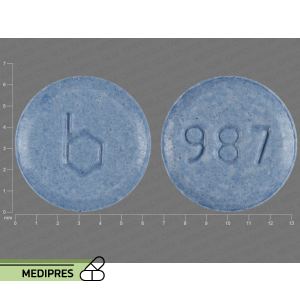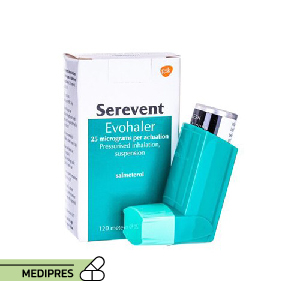
Simponi Aria
23 June, 2023
Striant
23 June, 2023Sprintec
Category: S
Description
Generic name:
Norgestimate and Ethinyl estradiol
Drug class:
Combination oral contraceptive (estrogen/progestin)
Dosage form:
Oral tablets (21 active tablets + 7 inert tablets per pack)
Route of administration:
Oral
Dose:
- One tablet daily at the same time each day
- 21/7 dosing regimen: 21 active tablets followed by 7 inert tablets
- Active tablets sequence:
- Days 1–7: 0.18 mg norgestimate / 35 mcg ethinyl estradiol
- Days 8–14: 0.215 mg norgestimate / 35 mcg ethinyl estradiol
- Days 15–21: 0.25 mg norgestimate / 35 mcg ethinyl estradiol
Mechanism of action:
Suppresses ovulation via negative feedback on the hypothalamic-pituitary-ovarian axis, thickens cervical mucus to impede sperm penetration, and alters endometrial lining to prevent implantation.
Drug usage cases:
- Prevention of pregnancy (primary indication)
- Acne vulgaris in women seeking oral contraception (off-label)
- Regulation of menstrual cycles and management of dysmenorrhea
- Treatment of premenstrual dysphoric disorder (PMDD)
- Management of menstrual-related migraine (off-label)
Drug contraindications:
- Known or suspected pregnancy
- History of thromboembolic disorders (e.g., deep vein thrombosis, pulmonary embolism)
- Active or history of stroke or myocardial infarction
- Known thrombophilic disorders (e.g., Factor V Leiden)
- Uncontrolled hypertension (≥160/100 mm Hg)
- Current or history of estrogen-dependent neoplasia (e.g., breast cancer, endometrial cancer)
- Severe hepatic impairment or liver tumors
- Migraine with focal aura at any age
- Smokers aged ≥35 years (increased cardiovascular risk)
- Undiagnosed abnormal uterine bleeding
- Known hypersensitivity to any component of the formulation
Side effects:
- Nausea and vomiting
- Headache and migraine
- Breast tenderness or enlargement
- Weight changes (gain or loss)
- Irregular uterine bleeding or spotting
- Amenorrhea
- Mood changes, depression, or irritability
- Fluid retention and edema
- Hypertension
- Increased risk of venous thromboembolism (DVT, PE)
- Increased risk of arterial thromboembolism (MI, stroke)
- Gallbladder disease, cholestatic jaundice
- Altered glucose tolerance and lipid metabolism
- Contact lens intolerance
- Skin changes (melasma, chloasma)
Warnings:
- Increased risk of thromboembolic events; caution in patients with risk factors
- Monitor blood pressure periodically
- Discontinue if prolonged immobilization or major surgery increases thrombosis risk
- Avoid use in patients with severe hepatic dysfunction or cholestatic jaundice
- May exacerbate hypertension, diabetes, and gallbladder disease
- Potential for drug interactions reducing contraceptive efficacy (e.g., certain anticonvulsants, antibiotics, herbal supplements like St. John’s wort)
- Risk of hepatic adenomas and rarely hepatic carcinoma with long-term use
- May cause fluid retention; caution in heart disease or renal impairment
- Monitor for signs of depression and mood disorders
- Smoking increases serious cardiovascular risks; discontinue in women ≥35 who smoke
Use during pregnancy or breastfeeding:
Pregnancy: Contraindicated. If pregnancy occurs, discontinue immediately. No benefit in established pregnancy and potential risk of fetal exposure.
Breastfeeding: Excreted in breast milk; may reduce milk volume. Use only if benefits outweigh risks to the infant. Consider timing of dose relative to nursing.



